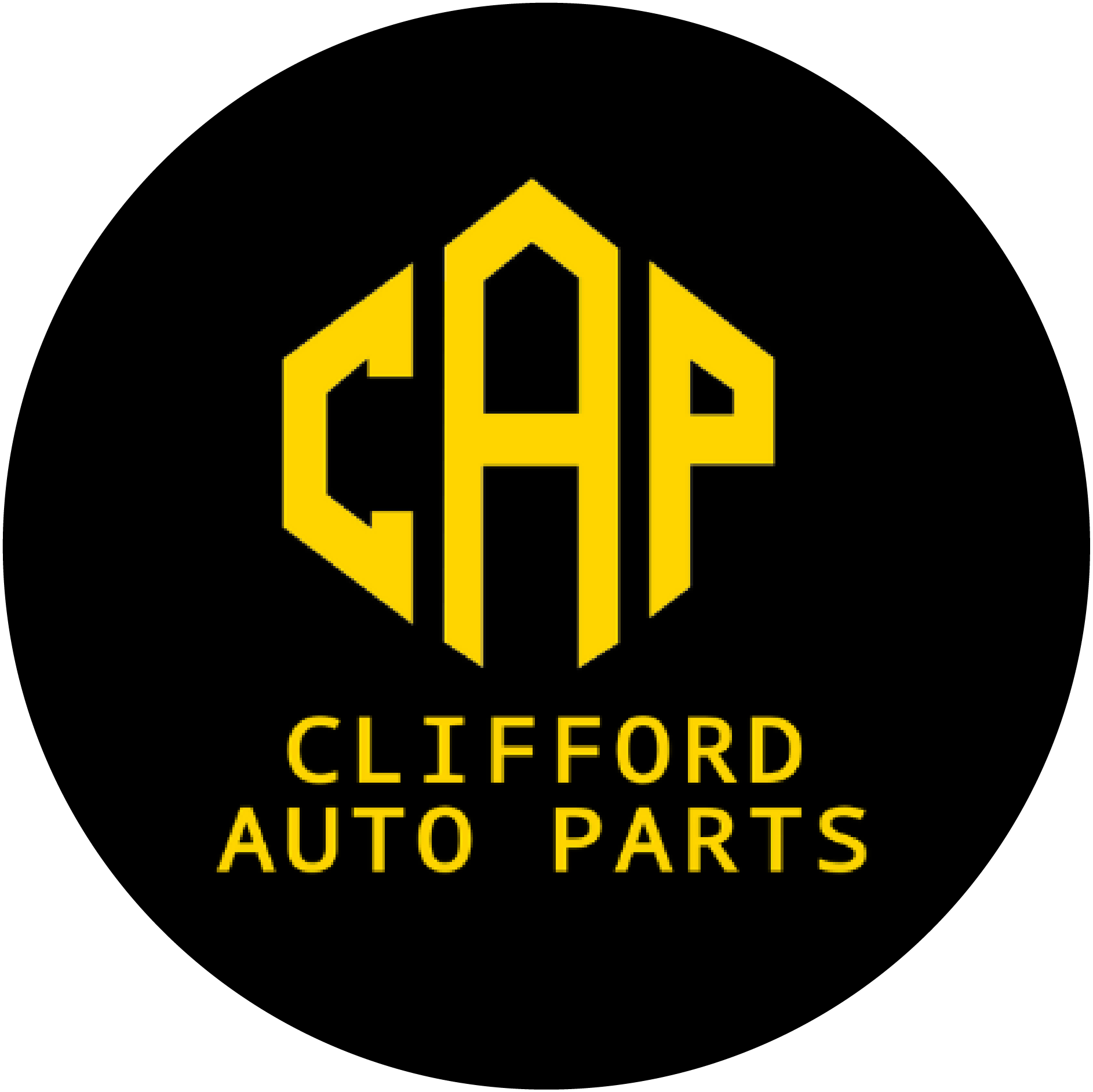PCM vs ECM – What’s the Difference?
For anyone involved in automotive maintenance or repair, distinguishing between the PCM (Powertrain Control Module) and ECM (Engine Control Module) is essential. These components are integral to the operation and efficiency of modern vehicles, playing crucial roles in ensuring optimal performance.
Let’s look into the differences, functions, and significance of PCM and ECM, providing you with the detailed knowledge necessary to grasp their importance in automotive systems.
What is a PCM on a Car?
The Powertrain Control Module (PCM) is an advanced automotive component that combines the functionalities of both the Engine Control Module (ECM) and the Transmission Control Module (TCM). By integrating these two essential modules, the PCM effectively manages and coordinates the operations of the engine and the transmission system.
Key Functions of PCM
- Engine Management: The PCM oversees crucial engine functions such as fuel injection, ignition timing, and air-to-fuel ratio. It ensures that the engine operates efficiently and complies with emissions standards.
- Transmission Control: By managing the transmission system, the PCM regulates gear shifts, torque converter lockup, and other transmission-related activities. This helps in optimizing the vehicle’s performance and fuel efficiency.
- Diagnostic Capabilities: The PCM constantly monitors the vehicle’s performance and stores diagnostic trouble codes (DTCs). This aids in identifying and diagnosing issues promptly, ensuring timely repairs and maintenance.
- Emission Control: The PCM plays an important role in controlling emissions by regulating the exhaust gas recirculation (EGR) system and the catalytic converter’s efficiency.
What is ECM in a Car?
The Engine Control Module (ECM), also known as the Engine Control Unit (ECU), is a dedicated control unit responsible solely for managing the engine’s operations. Unlike the PCM, the ECM does not handle transmission functions.
Key Functions of ECM
- Fuel Injection Control: The ECM regulates the precise amount of fuel injected into the engine cylinders, ensuring optimal combustion and performance.
- Ignition Timing: By controlling the ignition timing, the ECM ensures that the spark plugs fire at the correct moment for efficient engine operation.
- Air-to-Fuel Ratio Management: The ECM monitors and adjusts the air-to-fuel ratio to maintain engine efficiency and reduce emissions.
- Emission Regulation: Similar to the PCM, the ECM also plays a role in controlling the vehicle’s emissions by managing components like the EGR system and the catalytic converter.
- Engine Diagnostics: The ECM continuously monitors the engine’s performance and stores DTCs, aiding in diagnosing and troubleshooting engine-related issues.
Difference Between PCM and ECM
While both the PCM and ECM are essential for vehicle operation, their roles and functions differ significantly. Understanding these differences is crucial for diagnosing issues and performing maintenance.
| PCM | ECM | |
| Scope of Control: | Manages both engine and transmission functions, providing integrated control over the powertrain. | Focuses exclusively on engine management, with no control over the transmission. |
| Complexity and Integration: | Combines the functionalities of ECM and TCM, making it a more complex and integrated system. | A simpler system dedicated solely to engine management. |
| Diagnostic Capabilities: | Offers comprehensive diagnostic capabilities for both engine and transmission systems. | Provides diagnostic functions focused only on the engine. |
| Applications and Usage: | Commonly used in modern vehicles where integrated control over the powertrain is desired for improved performance and efficiency. | Used in vehicles where separate management of the engine and transmission is preferred or in applications where transmission control is handled by a separate module (TCM). |
Looking for Premium ECM, PCM, and ECU Parts in the USA?
When it comes to maintaining your vehicle’s performance, choosing the right components is essential. At Clifford Auto Parts, we offer an extensive selection of high-quality ECM, PCM, and ECU units for a variety of car brands. Our commitment to providing only premium auto parts ensures that you receive the best possible solutions for your vehicle’s needs.
Additionally, we specialize in ECM, PCM, and ECU repair and reprogramming services, helping you save both time and money while keeping your vehicle running smoothly. Trust us to deliver the expertise and quality you deserve for all your automotive control module requirements.
Importance in Vehicle Performance
Both the PCM and ECM are crucial for the optimal performance of a vehicle. By managing key functions and systems, they ensure that the vehicle operates efficiently, meets emissions standards, and delivers a reliable driving experience. The choice between PCM and ECM depends on the specific requirements of the vehicle and the desired level of integration and control.
Common Issues and Troubleshooting
Understanding common issues related to PCM and ECM can help in timely diagnosis and repair, ensuring the longevity and reliability of your vehicle.
Bad PCM Symptoms:
- Software Glitches: PCM software can occasionally encounter bugs or glitches, leading to erratic behavior or performance issues.
- Sensor Failures: Since the PCM relies on various sensors for data, sensor failures can impact its ability to manage the engine and transmission effectively.
- Communication Errors: Faulty wiring or communication issues between the PCM and other modules can result in performance problems.
Bad ECM Symptoms:
- Faulty Sensors: Similar to the PCM, the ECM depends on sensors to function correctly. Faulty sensors can lead to incorrect engine management.
- Wiring Problems: Issues with the wiring or connectors can disrupt the ECM’s communication with other engine components.
- Software Corruption: ECM software can become corrupted, requiring reprogramming or replacement.
Understanding the differences between PCM and ECM is essential for anyone involved in automotive maintenance and repair. While both modules play critical roles in vehicle performance, their specific functions and applications vary.
By recognizing these differences, you can better diagnose issues, perform maintenance, and ensure that your vehicle operates at peak efficiency.

